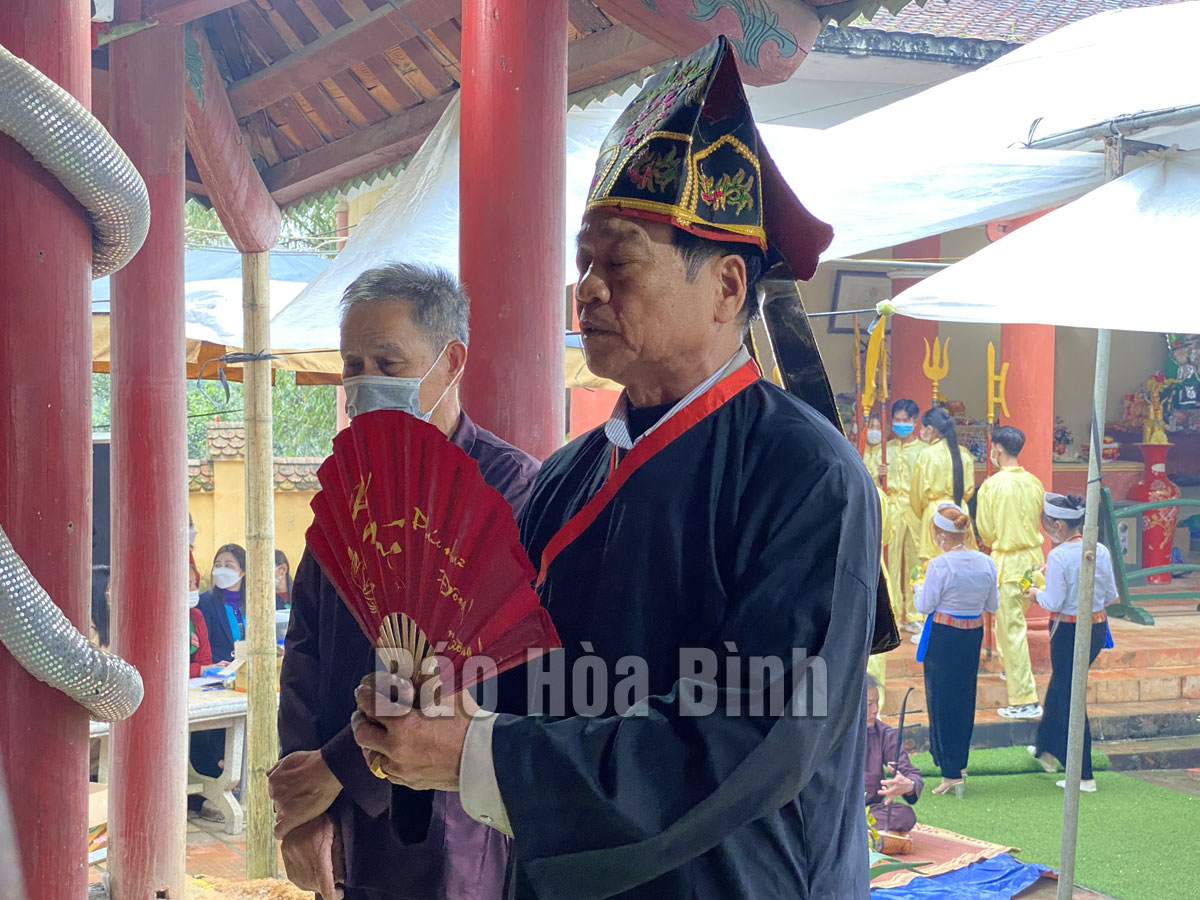
(HBO) – The Hoa Binh Department of Culture, Sports and Tourism said the province has surveyed the Mo Muong heritage so as to assess its situation and work out orientations for preserving and bringing into play this heritage in an effective and appropriate manner. The survey, completed in March, covered all factors relevant to the heritage, from people, objects to documents.

Mo
Muong artisans are one of the relevant factors covered by the survey so as to
compile a dossier seeking the UNESCO recognition of the cultural heritage.
The survey is important to the compilation of a
State-level scientific dossier to be submitted to UNESCO to seek the inclusion
of Mo Muong in the list of the intangible cultural heritage in need of urgent
safeguarding in 2025. It is also critical to improving the Muong ethnic group
and nationwide people’s awareness of this heritage’s value.
Under the provincial People’s Committee’s Plan
No. 220/KH-UBND, dated November 25 last year, Hoa Binh has set up a steering
committee and an organising board for the dossier compilation, organised
fact-finding trips and seminars on Mo Muong, held meetings to discuss the
compilation, and conducted surveys of Mo Muong in some other localities, namely
Son La, Thanh Hoa, Phu Tho, Dak Lak, and Hanoi./.
With an increasingly vibrant and widespread emulation movement aimed at building cultured residential areas and cultured families, Yen Thuy District has been making steady progress toward improving both the material and spiritual well-being of its people, while fostering a civilized, prosperous, beautiful, and progressive community.
Once lacking recreational spaces and community facilities, Residential Group 2 in Quynh Lam Ward (Hoa Binh City) has recently received attention for the construction of a new, spacious, and fully equipped cultural house. The project followed the model of state support combined with public contributions in both labor and funding.
The "All people unite to build cultural life" movement, which has been effectively integrated with Kim Boi district’s socio-economic development goals, is fostering a lively spirit of emulation across local residential areas, hamlets, villages, public agencies, and enterprises. In addition, through the initiative, traditional cultural values are being preserved and promoted, while community solidarity and mutual support in poverty reduction and economic development are being strengthened.
A working delegation of the Hoa Binh provincial People’s Committee led by its Permanent Vice Chairman Nguyen Van Toan on June 11 inspected the progress of a project to build the Mo Muong Cultural Heritage Conservation Space linked to tourism services in Hop Phong commune, Cao Phong district.
Born and growing in the heroic land of Muong Dong, Dinh Thi Kieu Dung, a resident in Bo town of Kim Boi district, in her childhood was nurtured by the sweet lullabies of her grandmother and mother. These melodies deeply imprinted on her soul, becoming an inseparable part of her love for her ethnic group's culture. For over 20 years, this love for her hometown has driven Dung to research, collect, and pass down the cultural values of the Muong people to future generations.
In the final days of May, the Ethnic Art Troupe of Hoa Binh Province organized performances to serve the people in remote, mountainous, and particularly disadvantaged areas within the province. These were not just ordinary artistic shows, but they were the meaningful journeys aimed at spreading cultural values, enhancing the spiritual life of the people and contributing to the preservation of ethnic minority cultural identities.



